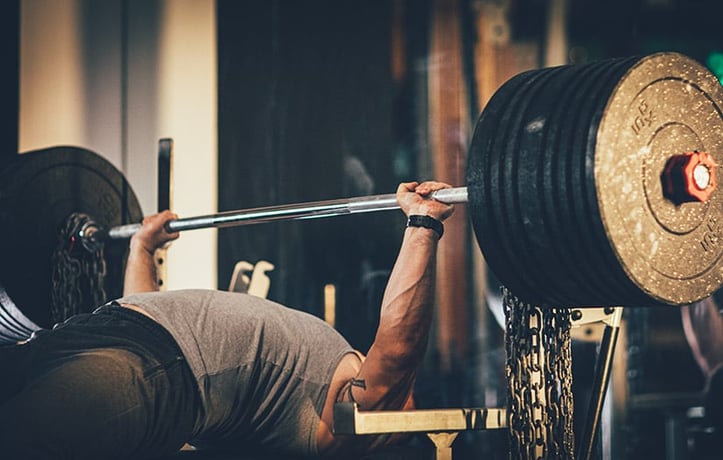
Bench Press: Your Path to Weight Loss Success
Introduction
The bench press is a classic exercise that not only builds strength and muscle but can also play a significant role in your weight loss journey. In this blog post, we will explore the targeted muscles, grips, and movement patterns of the bench press, as well as provide you with valuable insights into the physiology and psychology of weight loss. By understanding the science behind the bench press and implementing personalized strategies, you can achieve your weight loss goals in a healthy and sustainable way.
The Physiology of Weight Loss
Weight loss is ultimately about creating a calorie deficit, where you burn more calories than you consume. The bench press is a compound exercise that engages multiple muscle groups, including the chest, shoulders, and triceps. By building muscle through exercises like the bench press, you increase your resting metabolic rate, which means your body burns more calories even at rest. This is known as metabolic adaptation. Additionally, strength training can help preserve muscle mass while you lose weight, preventing your metabolism from slowing down too much.
Another important aspect of weight loss is hormone regulation. Insulin, for example, is a hormone that plays a key role in regulating blood sugar levels. When you eat a diet high in processed foods and refined sugars, your insulin levels can spike, leading to increased fat storage. By following a balanced diet and incorporating strength training into your routine, you can help regulate your insulin levels and promote fat loss.
The Psychology of Weight Loss
Weight loss is not just about physical changes; it also involves psychological factors. Many people struggle with emotional eating, where they turn to food for comfort or to cope with stress. Understanding your triggers and developing healthy coping mechanisms is essential for long-term weight loss success. Additionally, setting realistic goals and tracking your progress can help you stay motivated and on track.
Targeted Muscles in the Bench Press
The bench press primarily targets the pectoralis major, or chest muscles. The different grips and movement patterns used in the bench press can also target other muscles, such as the anterior deltoids (front of the shoulders) and triceps. By varying your grips and angles, you can work different parts of the chest and shoulders, resulting in a more comprehensive workout.
Grips and Movement Patterns
There are several different grips and movement patterns that can be used in the bench press. The most common grip is the standard grip, where your hands are shoulder-width apart. This grip primarily targets the middle of the chest. For a wider grip, your hands are placed slightly wider than shoulder-width apart, which emphasizes the outer chest muscles. A narrower grip, with your hands closer together, focuses more on the triceps.
In addition to the grip, the movement pattern of the bench press can also be varied. The traditional bench press involves lowering the bar to the chest and then pressing it back up. However, you can also try incline or decline bench presses to target different areas of the chest. Incline bench presses target the upper chest, while decline bench presses focus on the lower chest.
Unique Weight Loss Insights
1. Tailoring Your Approach to Your Metabolic Type
Not everyone has the same metabolism, and what works for one person may not work for another. Some people have a faster metabolism and can burn calories more easily, while others have a slower metabolism and may struggle to lose weight. By understanding your metabolic type, you can tailor your diet and exercise routine to your specific needs. For example, if you have a slow metabolism, you may need to focus on increasing your physical activity and reducing your calorie intake more significantly.
2. Breaking Through Weight Loss Plateaus
Weight loss plateaus are a common challenge that many people face. When your body adapts to your diet and exercise routine, your weight loss may slow down or stop altogether. To break through a weight loss plateau, you need to change things up. This could involve increasing the intensity of your workouts, trying new exercises, or adjusting your diet. It's also important to be patient and consistent, as it may take some time for your body to respond to the changes.
3. The Importance of Non-Scale Victories
While the number on the scale is an important indicator of weight loss, it's not the only measure of success. Non-scale victories, such as increased energy levels, improved sleep quality, and enhanced mood, are also important signs that you are making progress. By focusing on these non-scale victories, you can stay motivated and celebrate your achievements along the way.
Science and Expertise
According to the National Institutes of Health's Body Weight Planner, a combination of diet and exercise is the most effective way to lose weight. The Obesity Society recommends aiming for a weight loss of 1-2 pounds per week for long-term success. Additionally, the Academy of Nutrition and Dietetics emphasizes the importance of a balanced diet that includes plenty of fruits, vegetables, whole grains, lean proteins, and healthy fats.
In terms of exercise, the American College of Sports Medicine recommends at least 150 minutes of moderate-intensity aerobic exercise per week, such as brisk walking, cycling, or swimming, along with strength training exercises at least twice a week. The bench press is a great strength training exercise that can be incorporated into your routine to help you achieve your weight loss goals.
Success Stories
One of my clients, John, came to me looking to lose weight and improve his overall health. He was a busy professional who didn't have a lot of time to exercise, but he was committed to making a change. We started by focusing on his diet, making small changes such as swapping out processed foods for whole foods and reducing his portion sizes. We also incorporated strength training exercises, including the bench press, into his routine two to three times per week. Over the course of a few months, John lost 20 pounds and noticed a significant improvement in his energy levels and overall well-being. He was also able to reduce his blood pressure and cholesterol levels, which was a major bonus.
Another client, Sarah, had been struggling to lose weight for years. She had tried countless diets and exercise programs, but nothing seemed to work. We started by doing a metabolic assessment to determine her metabolic type and then developed a personalized diet and exercise plan based on her results. We also focused on addressing her emotional eating habits and developing healthy coping mechanisms. Over time, Sarah was able to lose 30 pounds and keep it off. She also noticed a significant improvement in her mood and self-confidence.
###一日减重餐单示例 A balanced diet is essential for weight loss. Here is a sample meal plan that provides approximately 1,500 calories per day and includes a variety of nutrients to keep you feeling full and satisfied:
Breakfast:
- Scrambled eggs with spinach and tomatoes (2 eggs, 1/2 cup spinach, 1/4 cup tomatoes)
- Whole grain toast with avocado (1 slice whole grain bread, 1/4 avocado)
- Black coffee or tea
Snack:
- Apple slices with almond butter (1 medium apple, 1 tablespoon almond butter)
Lunch:
- Grilled chicken salad with mixed greens, cucumbers, carrots, and feta cheese (3 ounces grilled chicken, 2 cups mixed greens, 1/2 cup cucumbers, 1/4 cup carrots, 1/4 cup feta cheese)
- Balsamic vinaigrette dressing (2 tablespoons)
- Quinoa or brown rice (1/2 cup)
Snack:
- Greek yogurt with berries (6 ounces Greek yogurt, 1/2 cup mixed berries)
Dinner:
- Baked salmon with roasted vegetables (4 ounces baked salmon, 1 cup roasted vegetables such as broccoli, cauliflower, and carrots)
- Sweet potato (1/2 medium sweet potato)
- Green tea
This meal plan provides a good balance of protein, carbohydrates, and healthy fats, as well as plenty of vitamins and minerals. It's important to note that everyone's calorie needs are different, so you may need to adjust the portion sizes or add more or fewer calories depending on your individual goals and needs.
###燃脂运动组合建议 In addition to the bench press, there are many other exercises that can help you burn calories and lose weight. Here is a sample exercise routine that you can try:
Warm-up:
- 5 minutes of light cardio, such as jogging in place or jumping jacks
- Dynamic stretching, such as leg swings and arm circles
Strength Training:
- Bench press (3 sets of 8-10 reps)
- Squats (3 sets of 10-12 reps)
- Lunges (3 sets of 10-12 reps per leg)
- Push-ups (3 sets of 10-12 reps)
- Plank (3 sets for 30-60 seconds)
Cardiovascular Exercise:
- 20-30 minutes of moderate-intensity cardio, such as running, cycling, or swimming
Cool-down:
- 5 minutes of light cardio, such as walking
- Static stretching, such as holding a stretch for 30 seconds
This exercise routine can be modified to suit your fitness level and goals. You can increase or decrease the number of sets and reps, or add more exercises to make it more challenging. It's important to listen to your body and take breaks when needed.
FAQ
Q: How often should I do the bench press? A: It's recommended to do strength training exercises, including the bench press, at least twice a week. However, you can do it more often if you have the time and energy. Just make sure to give your muscles enough time to recover between workouts.
Q: Can I do the bench press if I'm a beginner? A: Yes, the bench press can be modified to suit your fitness level. If you're a beginner, you may want to start with lighter weights and focus on proper form and technique. You can also try using a resistance band or doing bodyweight exercises, such as push-ups, to build strength and confidence.
Q: What should I eat before and after a workout? A: It's important to fuel your body before and after a workout to help you perform at your best and recover quickly. Before a workout, you may want to eat a small snack that contains carbohydrates and protein, such as a banana with peanut butter or a protein shake. After a workout, you should eat a meal that contains a balance of protein, carbohydrates, and healthy fats, such as grilled chicken with vegetables and brown rice.
Conclusion
The bench press is a powerful exercise that can help you build strength, muscle, and confidence. By understanding the targeted muscles, grips, and movement patterns of the bench press, as well as the physiology and psychology of weight loss, you can create a personalized plan that works for you. Remember to be patient, consistent, and kind to yourself, and celebrate your progress along the way. With the right mindset and approach, you can achieve your weight loss goals and live a healthier, happier life.
Call to Action
This week, start by incorporating the bench press into your exercise routine. You can do it at home or at the gym, using a barbell or dumbbells. Start with lighter weights and focus on proper form and technique. As you get stronger, you can gradually increase the weight and the number of reps. Remember to listen to your body and take breaks when needed. And don't forget to pair your exercise routine with a balanced diet and plenty of rest for optimal results.

Fit vs Fat: Decoding Health's True Ruler
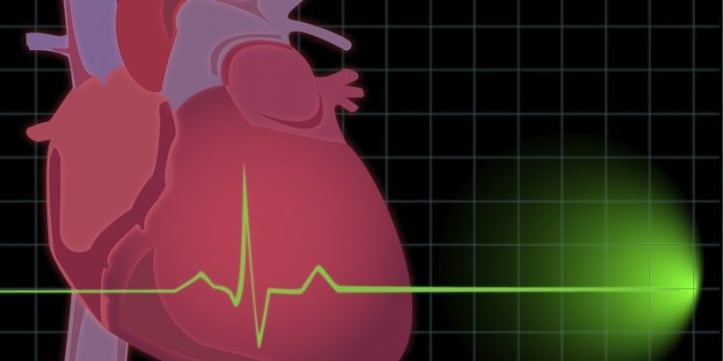
Pump Up Your Heart: Science-Driven Weight Loss

Wellness Technology: Your Path to Sustainable Weight Loss

A Sensible Guide to Dietary New Year's Resolutions
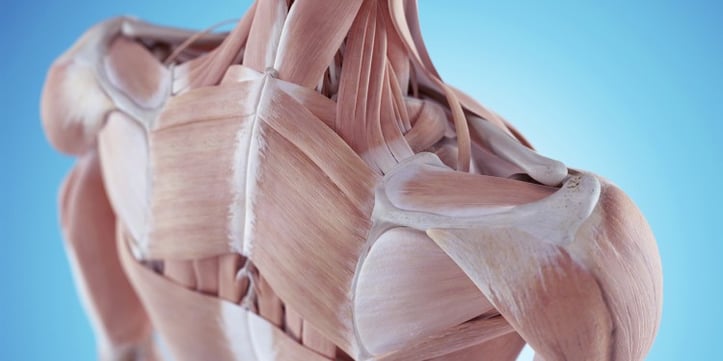
Prevent Shoulder and Rotator Cuff Injuries with Corrective Exercises
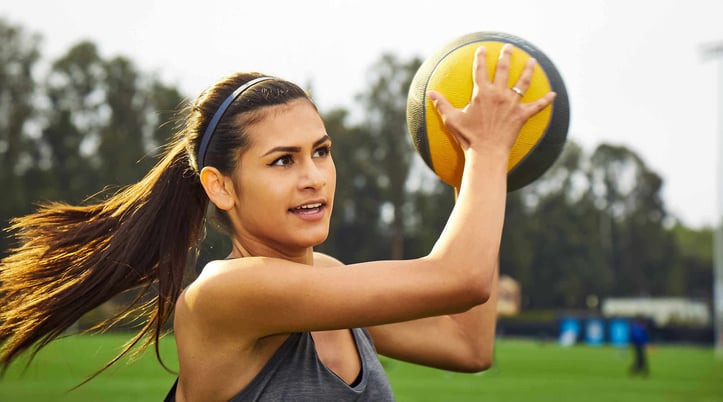
Overcome Fitness Plateaus: 4 Tips for Success

10 x 10 Thanksgiving Day Circuit: A Fitness Guide
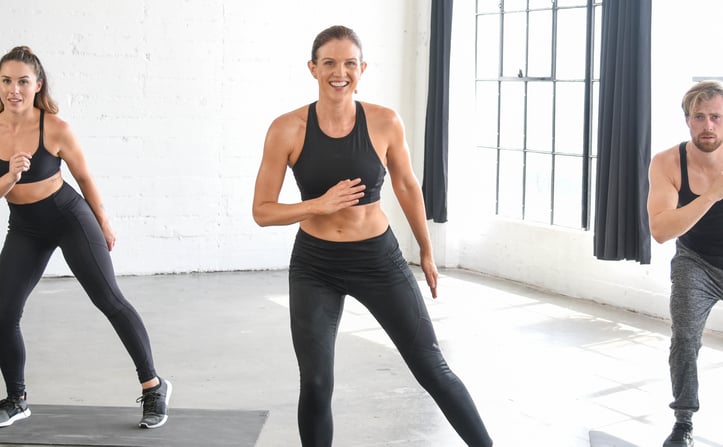
Unleash Your Fitness Potential with Kit Rich's Training Secrets
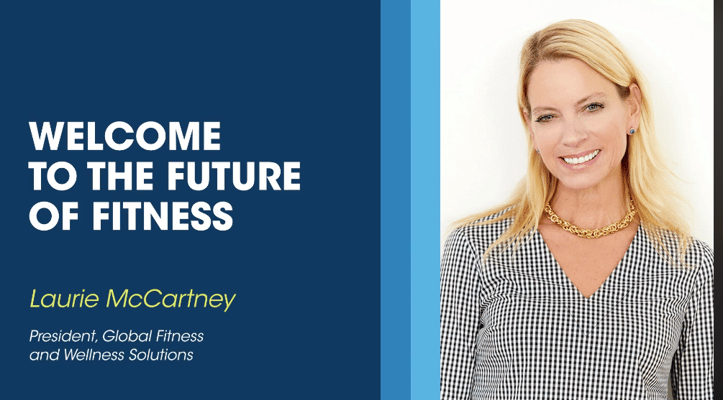
The Future of Fitness: A Guide for Beginners to Intermediates

